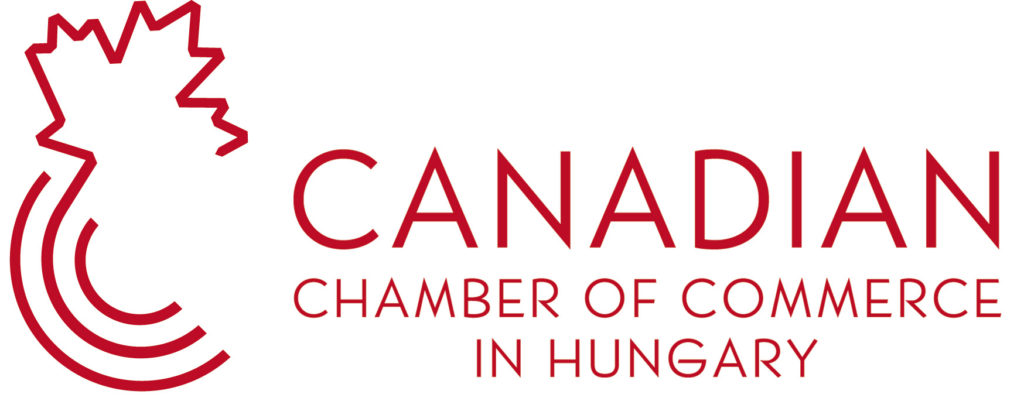Canada’s economy is facing a period of subdued growth, influenced by internal structural issues and external pressures, particularly from the United States. Recent data and expert analyses highlight concerns about GDP contraction, trade tensions, and long-term economic stagnation.
February GDP Contraction Signals Economic Slowdown
In February 2025, Canada’s GDP contracted by 0.2%, marking the first monthly decline since November 2024. This downturn was primarily driven by decreased activity in the mining, oil and gas, and construction sectors. Adverse weather conditions, including heavy snowstorms, contributed to the decline. The goods-producing sector saw a 0.6% decrease, while the service-producing sector declined by 0.1%.
Preliminary estimates suggest a modest recovery in March, with a projected 0.1% GDP increase. However, the first quarter’s annualized growth is expected to be around 1.5%, indicating a sluggish economic trajectory .
Tariff Threats from the US Pose Significant Risks
The Canadian economy is under additional tensions due to proposed US tariffs. President Donald Trump’s administration plans to impose a 25% tariff on all Canadian imports, a move that could severely impact Canada’s export-driven economy. The Bank of Canada warns that such a trade conflict could reduce Canada’s GDP growth by up to 2.5 percentage points in the first year and 1.5 percentage points in the second year if retaliatory tariffs are implemented.
In response to these challenges, the Bank of Canada has cut its key policy rate by 25 basis points to 3% and adjusted its growth forecasts downward for 2025 and 2026, now projecting 1.8% growth for both years.
Structural Issues: Productivity and Investment Concerns
Beyond immediate economic pressures, Canada faces long-term structural challenges. Labour productivity has stagnated, with no significant growth since 2018. The OECD forecasts that Canada will have the lowest per-capita real GDP growth among advanced economies over the next 40 years.
Investment levels are also a concern. Canadian firms invest significantly less compared to their US counterparts, particularly in technology and innovation sectors. This investment gap limits Canada’s ability to enhance productivity and compete globally.
Implications for Hungarian and EU Stakeholders
The economic challenges in Canada have implications for Hungarian and EU businesses engaged in trade and investment with Canada. The US tariffs could disrupt supply chains and affect export-oriented sectors. Additionally, Canada’s structural issues may influence its attractiveness as an investment destination.
Stakeholders should monitor these developments closely and consider diversifying their trade and investment strategies to mitigate potential risks associated with Canada’s economic outlook.
For the latest updates and insights on Canadian-Hungarian economic relations and merely Canadian economic news, follow the Canadian Chamber of Commerce in Hungary accross our platforms.
Written for the Canadian Chamber of Commerce in Hungary News Section as part of our ongoing coverage of developments affecting Canadian trade, economy and international partnerships, May 2025




